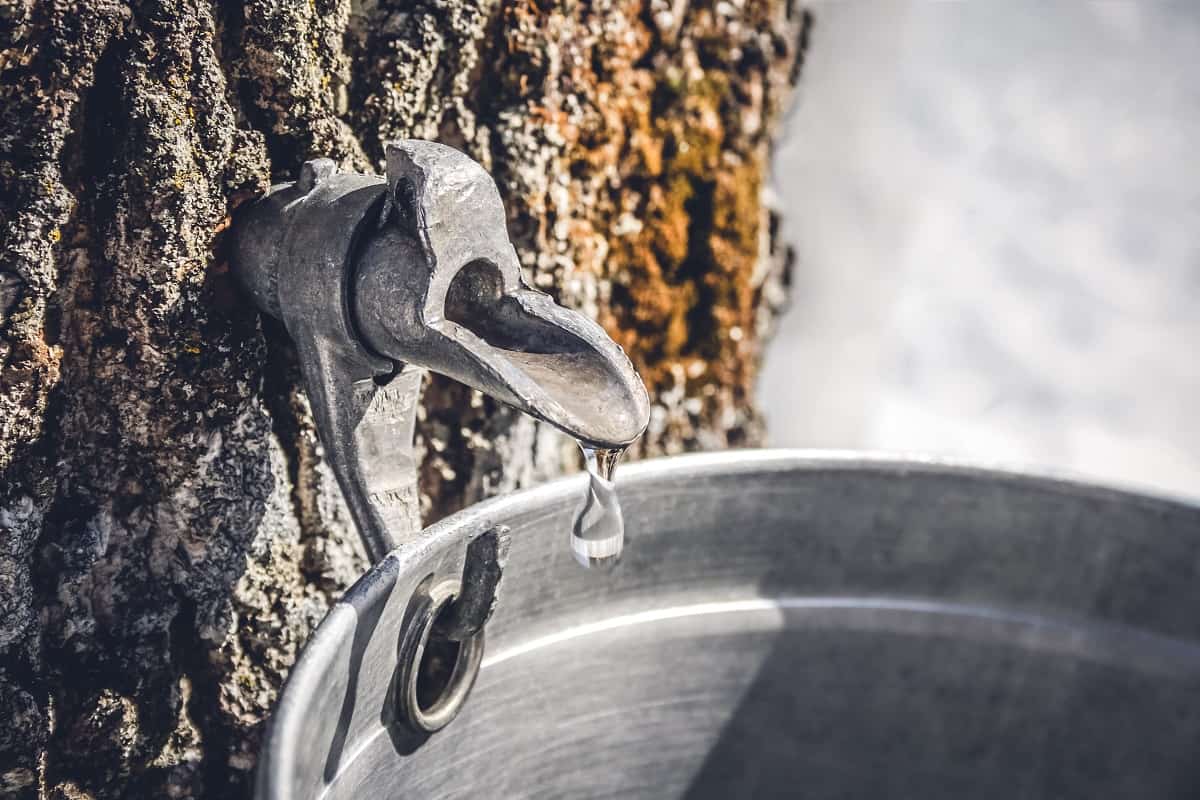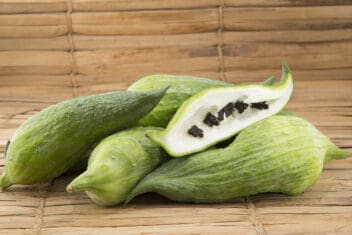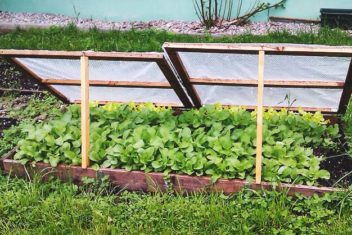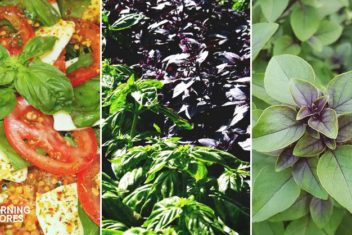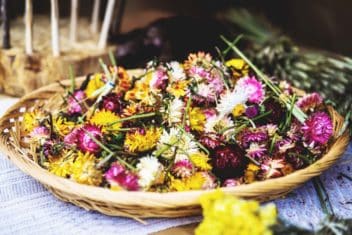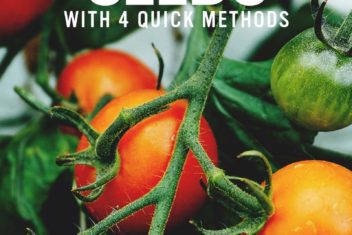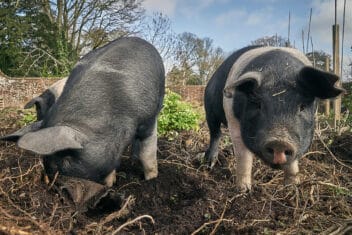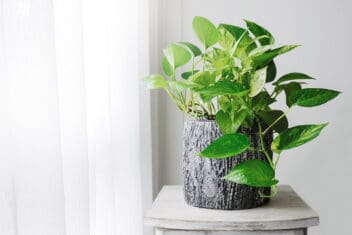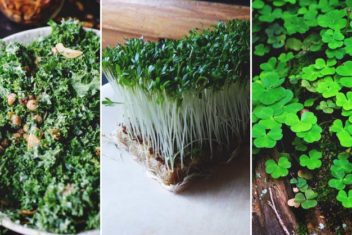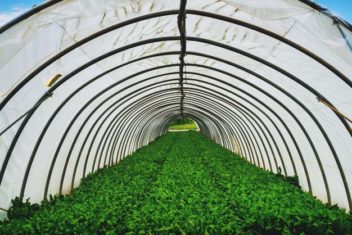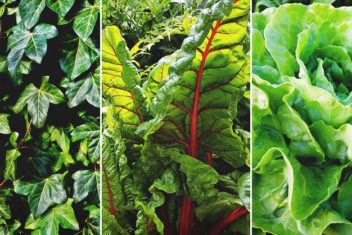When it comes to breakfast, my husband made it very clear early on in our relationship that nothing but pure maple syrup would do. We aren’t messing around with that Aunt Jemima stuff!
He has tapped trees for maple syrup for a large portion of his adult life and is very good at what he does. We always have fresh maple syrup in the house.
However, if you aren’t lucky enough to have sugar maples growing on your property – or perhaps have grown tired of the same-old, same-old – you might be wondering whether there are other trees you can tap for sap besides sugar maples.
Guess what? There are. Although you definitely won’t get the traditional maple syrup taste from these trees, there are at least 15 other species you can consider tapping for a more unique spin on the old classic.
15 Trees to Tap for Sap
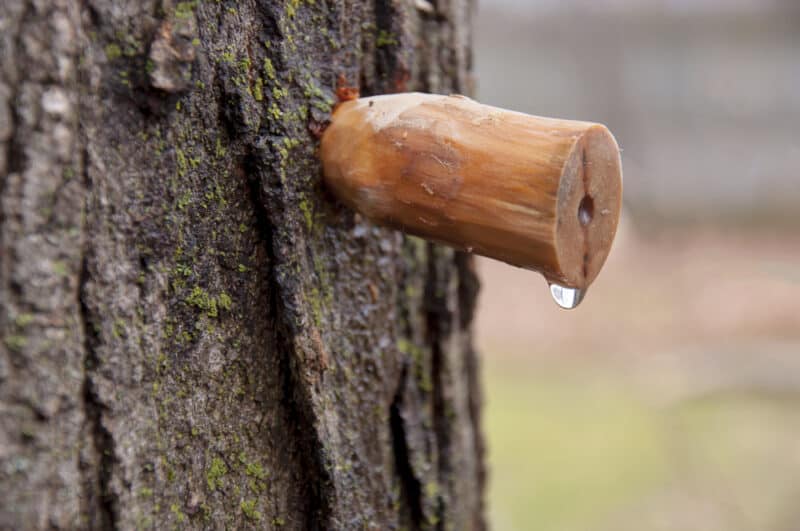
Tree tapping is a longstanding tradition in North America. In fact, it was the earliest Native American tribes here who taught colonists the art. That said, it’s also something that’s practiced in many other parts of the world, places like China, Japan, and Russia.
Here are some of the other most popular trees you can tap for sap besides sugar maples.
1. Other Maples
The sugar maple is the obvious frontrunner when it comes to tapping trees for syrup. Not only does it contain lots of beneficial nutrients, vitamins, and minerals, but it’s also incredibly delicious. That’s something you likely already know.
However, what many people don’t realize is that it’s not just sugar maples that can be tapped for sap. You can successfully tap any of the more than 100 maple trees in the Acer species. It’s just that the sugar content will vary.
Some other species of maple to consider tapping include the black maple (one of the best, since it’s considered a subspecies of sugar maple), the red maple, the silver maple, and the canyon maple. Red maples are very similar to sugar maples when it comes to tapping, but the harvest season is much shorter and the sugar content less than what you will find in sugar and black maples.
Other good options include big leaf maple and boxelder maples.
2. Walnut
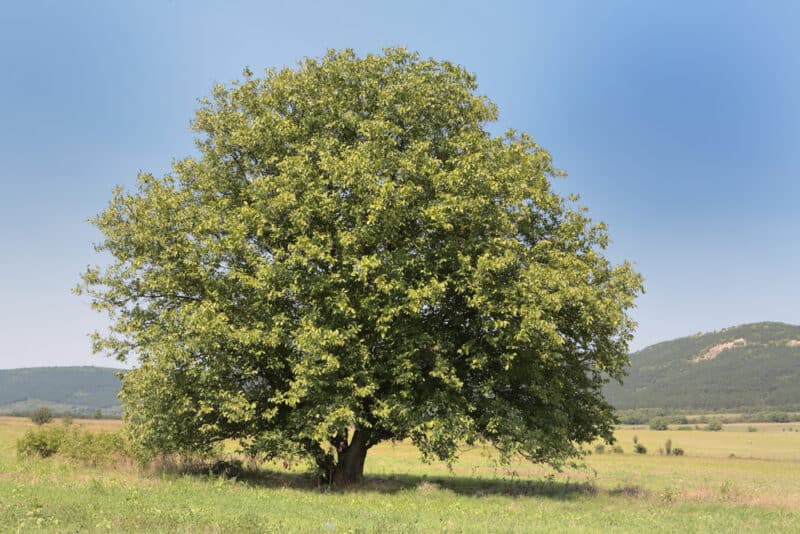
You can tap several types of walnut trees, including black walnuts. As you might expect, the flavor of the syrup you’ll get from the black walnut is somewhat nutty and is also quite rich. It has an identical yield as sugar maple, requiring 40-gallons of sap to make 1-gallon of syrup.
These trees bud out a bit later than other kinds of trees, meaning you may get a longer harvest season than you will for other trees.
3. Boxelder
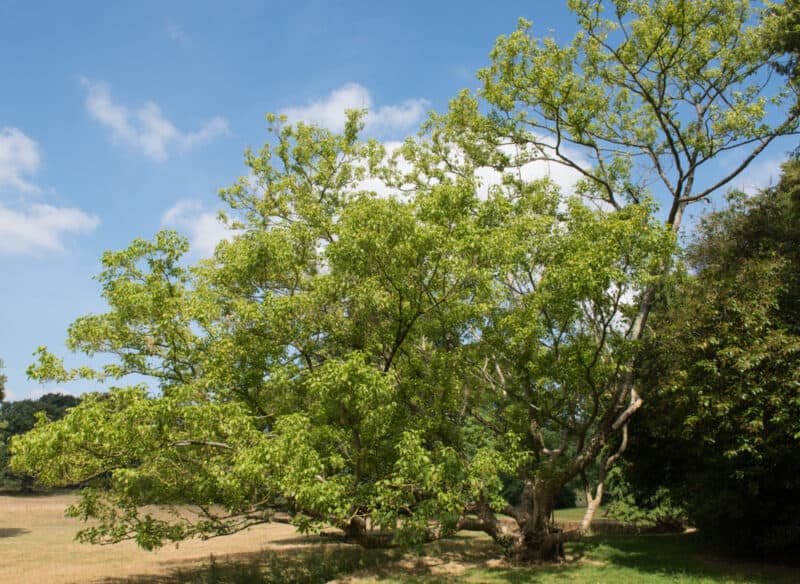
Again, the boxelder is technically a subspecies of maple that’s common in northern Canada. It takes about 60-gallons of sap from a boxelder to make a gallon of syrup since it has low sugar content. These trees are also quite small, which can affect your overall yield as well.
4. Birch

Tapping birch trees isn’t nearly as common as tapping maples, but it’s still relatively commonplace. Have you ever had birch beer?
Birch syrup tastes mild and somewhat sweet and is more watery than maple syrup. It offers a variety of benefits to those who drink it, including cell protection and improved digestion. It has a unique flavor that means it will change a few days after it’s been removed from the tree. This is due to natural fermentation. Therefore, you’ll have to enjoy it right away.
You can tap all kinds of birch trees, including paper, sweet, yellow, Alaskan, and grey birch.
5. Alder
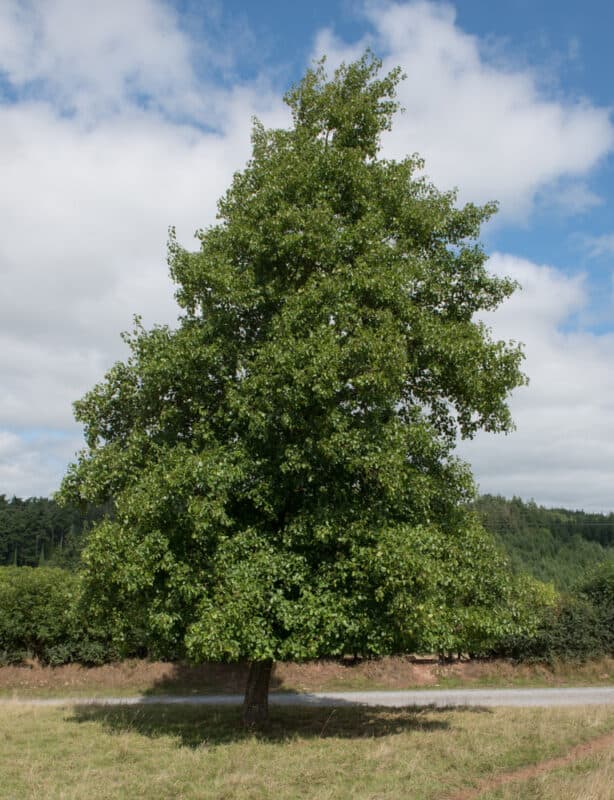
Alder trees can also be tapped for sap. Technically a member of the birch family, alder trees yield a similar sort of sap as birches.
They are typically found in the Pacific Northwest, making them a good option for tapping trees if you don’t have sugar maples around. The flavor of this tree’s sap is somewhat spicy and undeniably unique.
6. Butternut
Although the butternut tree is in the walnut family, I’ve included it as a separate category since the taste is quite different. It has a 2% sugar content, similar to the sugar maple, and is typically found in the Eastern portion of the US.
The only problem with tapping butternut trees for sap is that in many places, they are considered endangered. This is due to a variety of diseases that have all but wiped out the species in many parts of North America. You may want to leave them alone for the environment’s sake.
7. Heartnut (Japanese Walnut)
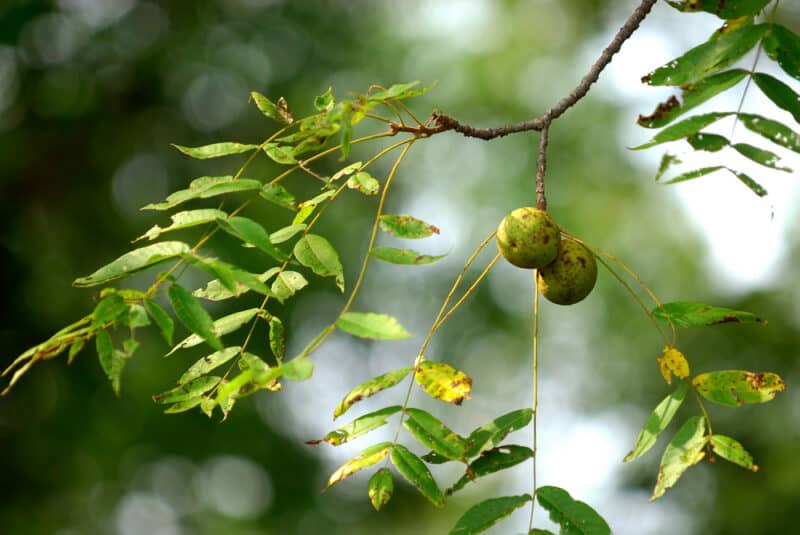
Another option for a tree to tap if you like the flavor of butternut syrup but don’t want to tap an endangered tree is the heartnut. No, that’s not a typo.
The heartnut is the Japanese version of the English walnut tree and can be found in most states of the US today. It can be tapped for syrup and tastes quite similar to the butternut but, fortunately, is more common and therefore safer to tap.
8. Buartnut
The buartnut is a cross between a heartnut and butternut tree that is uniquely resistant to the butternut canker disease, one of the major culprits behind the butternut tree’s endangered status. These trees are great options if you’re looking for a flavorful, healthy syrup.
9. Sycamore
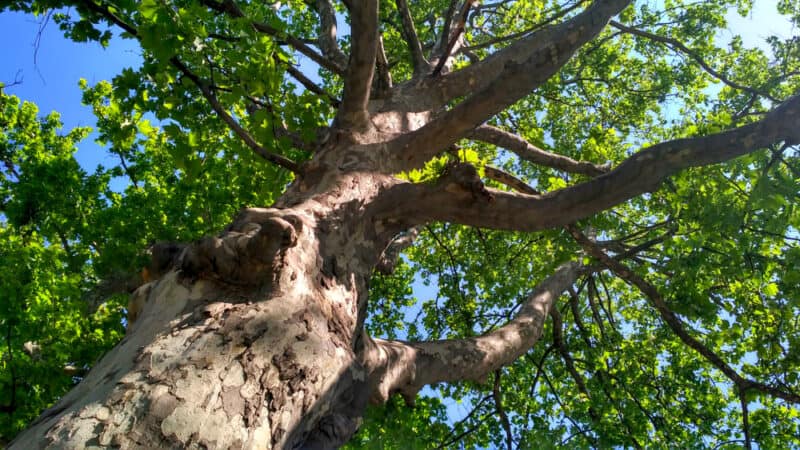
The sycamore is a popular shade tree that you’ll find all over eastern and central portions of North America. The wood is often used for cabinetry and furniture making, but you can also make good use of this tree for tapping. It has a relatively low sugar content so it will take a bit of sap to get a decent yield.
However, the flavor is undeniably delicious, similar in taste to honey or butterscotch.
10. Linden
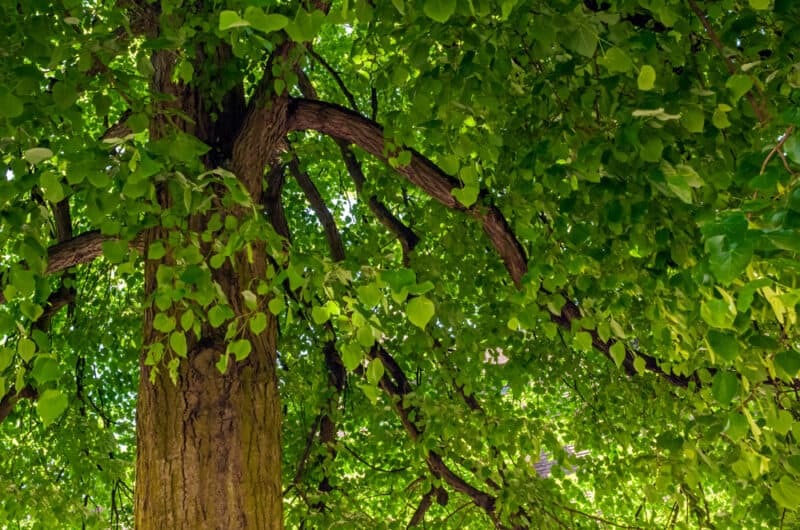
Also known as basswood, linden is another popular option. Although it has a lower sugar content (these trees often grow where the soil is waterlogged), the linden tree is a good option for tapping if there are no other tree species around to tap.
Many people won’t mess with linden trees since the sap is so watery, but as long as you have the patience to boil down the sap into syrup, it’s perfectly tasty.
11. Ironwood
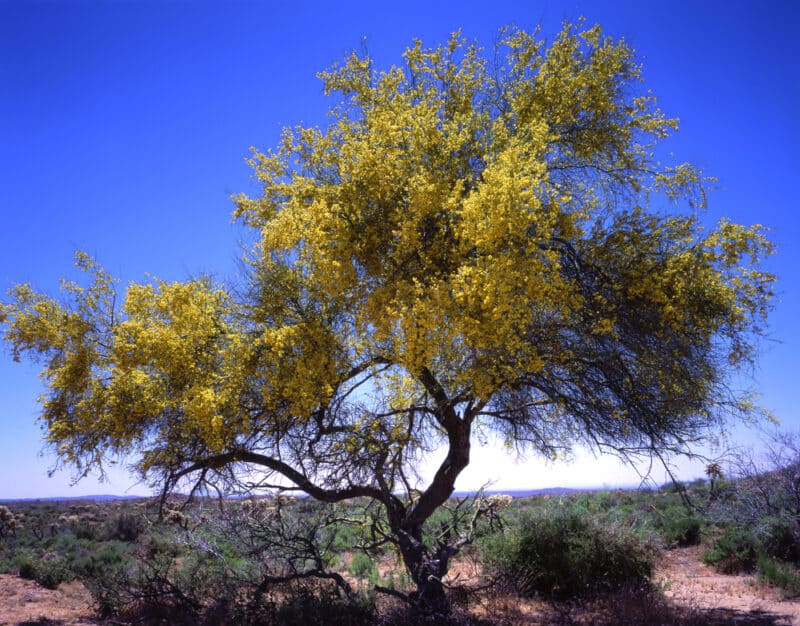
Ironwood is often considered a weed tree, growing in the understory and outcompeting more marketable species desired by customers. These trees are ready to be tapped much later in the season than maples. Your yield will be slightly better than what you would get from a birch tree, though not as impressive as sugar maple.
Ironwood syrup isn’t the best tasting syrup – you definitely won’t want to put it on your pancakes, since it has a strong, somewhat bitter taste. However, there are still plenty of other recipes you can try where ironwood syrup might come in handy.
12. Hickory
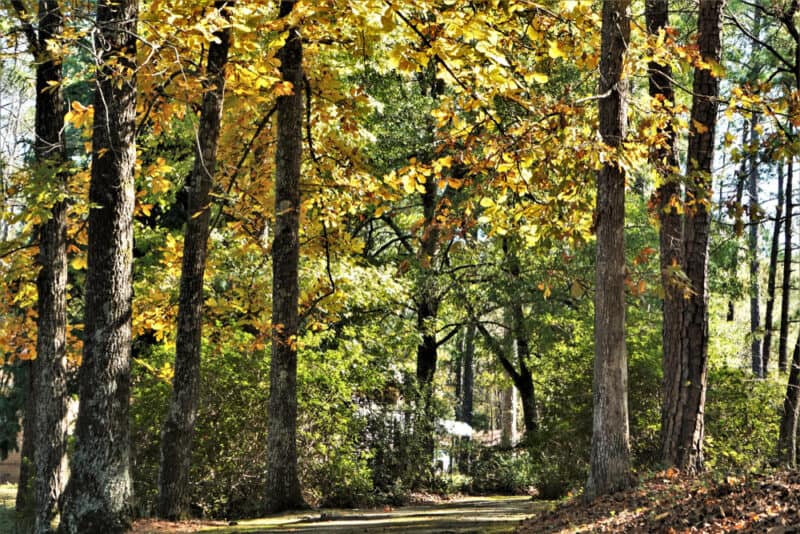
Hickory syrup is another popular alternative to maple syrup. It isn’t the sweetest, so you may need to add a bit of sugar. However, if you have plenty of hickory trees growing on your property and want a product that is smokier tasting than maple, this is a good option.
13. Elm
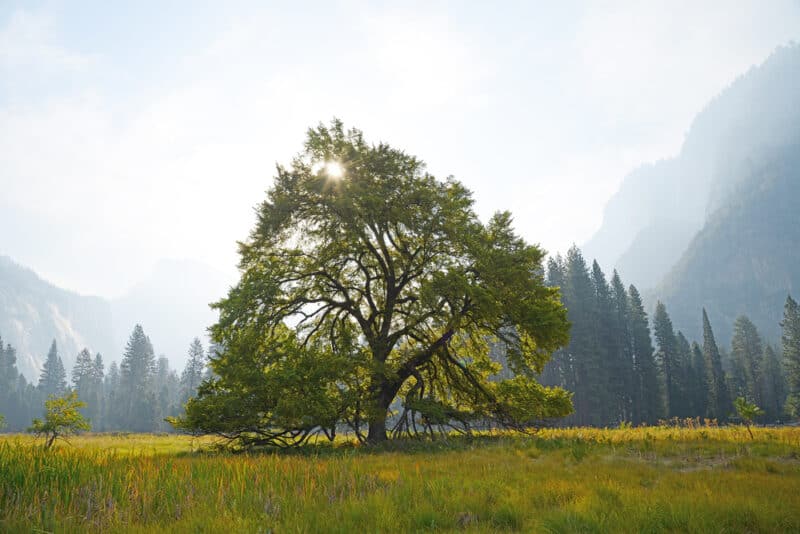
Elm trees are similar to butternut trees in that they are technically tappable, but it’s not necessarily smart to do so. That’s because, in many places, elm trees are endangered due to the Dutch elm disease.
Puncturing the bark to drill a tap will injure the tree and make it more vulnerable to this disease. So while elm trees make delicious syrup, you may need to steer clear of this one for now.
14. Palm

Palm syrup is an option if you live in a southern, tropical environment. After all, palm syrup is a popular option in Southeast Asia, where it’s used as an alternative to maple syrup and honey. Its primary benefit is that a palm tree can be tapped for several months out of the year – rather than just during a few weeks.
15. Poplar
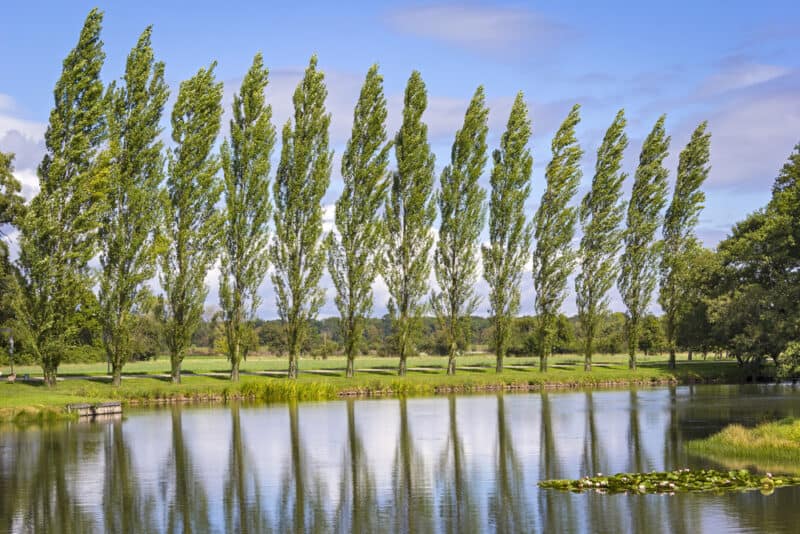
You may even be able to tap poplar trees for sap! This generally needs to be done early in the season (before sugar maples) and while poplar syrup isn’t usually used for eating, it’s a helpful ingredient in many cosmetic products, like balms, since it is somewhat sticky and of a more solid nature than regular maple sap.
What to Consider When Tapping Non-Maples

The most important thing to remember when tapping trees that are not maples is that you aren’t going to get a maple syrup-like product unless you are tapping, as you might guess, a sugar maple. That’s because sugar maples have an extremely high level of sugar, making them the commercial preference.
It’s not just sweeter, but it’s also quicker to boil down too, due in part to the higher sugar content. Just 40-gallons of sap from one sugar maple will yield a gallon of pure maple syrup. For other species of trees, you may have to do a lot more boiling and use many more gallons of sap to get yourself a usable product when all is said and done.
Quick Guide to Tree Tapping
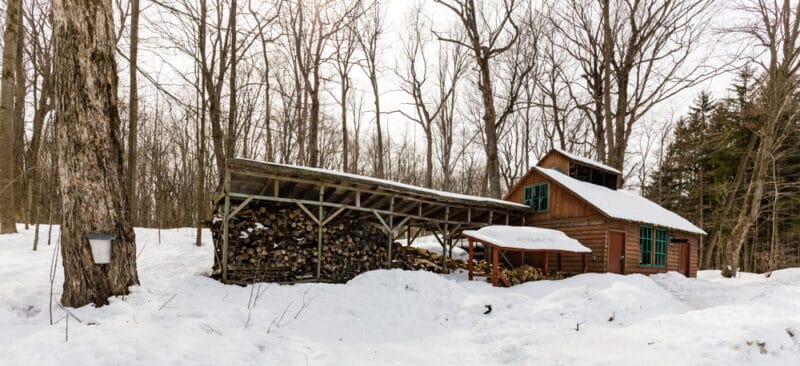
The best time to tap a tree will depend on where you live and what kind of tree you are tapping. In general, the best time to do so will be between February and March, but this depends on the temperatures. They need to be above freezing during the day and below freezing at night.
When you tap your trees, drill holes on trees that are about 12-inches in diameter or slightly larger. Contrary to popular belief, you don’t need to seal the holes in most kinds of trees – they will self-heal. It’s worth doing some research on the specific kind of tree you plan on tapping to double-check, however, as this does sometimes vary.
If you’re looking for more information on how to get started tapping trees, check out this article about tapping maples. Much of the advice can be applied to other tree species in addition to sugar maples.
Technically, just about any kind of tree can be tapped, including oaks, cherries, apples, ashes, and more. However, you’ll need to pay attention to how much sap it takes to get a gallon of syrup, as well as how long the sap will run, for any type of tree you decide to tap.
Of course, some may produce sap that isn’t all that sweet or flavorful – something else you’ll have to take into consideration as you are getting started.
Tree Tapping: Not Just About Maples!
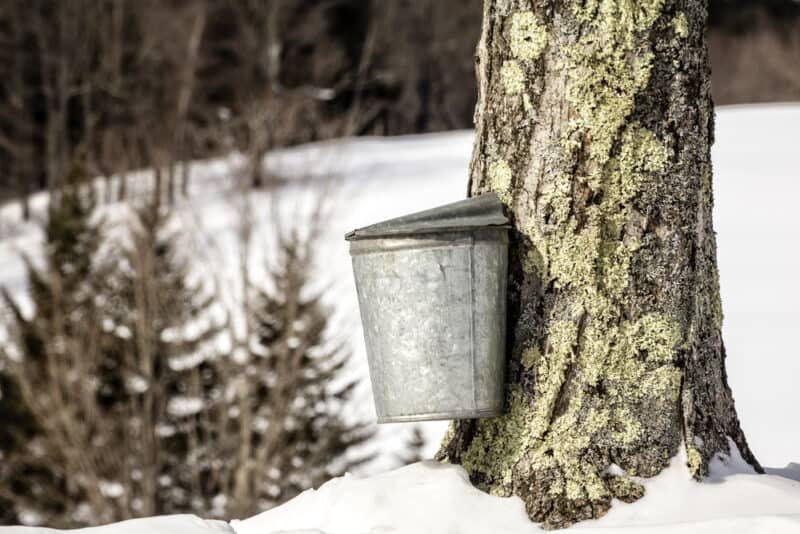
Tree tapping is not only a great way to get the most out of the trees on your property, but it’s a fantastic way to provide for your family and become more self-sufficient. Depending on what kind of trees you decide to tap, you may even be able to sell some of your product to make a nice side income.
Sap from various types of trees is often quite nutritious, too – and tree tapping is a great way to get outdoors and get active during the downtime of early spring. So get out there and experiment with the trees you already have growing on your property. You may be surprised with what you can make!
